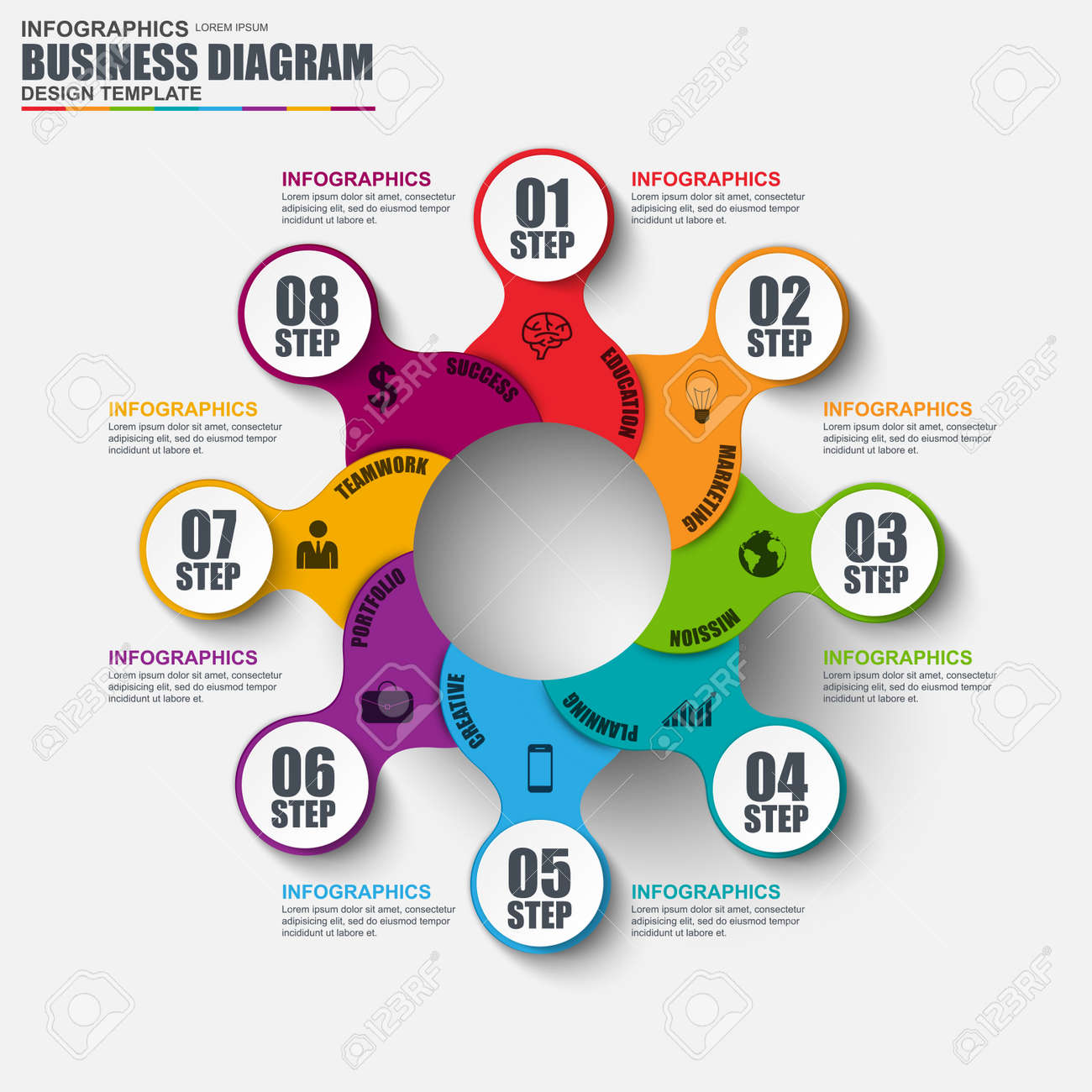Important Site Style Tips: How To Construct A Site That Focuses On Customer Experience
Important Site Style Tips: How To Construct A Site That Focuses On Customer Experience
Blog Article
Writer-Christophersen Neville
When it involves internet site style, making certain user-friendliness is vital. From responsive style to structured navigating, every aspect plays a critical function in developing a website that satisfies your audience's requirements. But what about the finer details that can make or damage a user's browsing experience? Remain tuned as we reveal some often-overlooked tips that can elevate your website's use to the following degree, making it really stick out in the digital landscape.
Value of Responsive Design
Receptive layout is a vital facet of modern-day site advancement. Guaranteeing your web site is responsive methods that it can adjust to different screen sizes and gadgets, giving a smooth experience for users.
With the increasing use smartphones and tablets to access the net, having a responsive style is necessary for reaching a wider target market. It assists in enhancing user experience by making your website very easy to navigate and continue reading any type of device.
Additionally, receptive layout can positively affect your search engine rankings, as search engines like Google focus on mobile-friendly websites. By having a receptive style, you're also future-proofing your internet site, as new gadgets with varying screen sizes remain to emerge.
Simplify Navigating Structure
To improve user experience and facilitate simple accessibility to info on your web site, streamlining the navigating structure is extremely important. When designing your website, focus on creating a clear and user-friendly navigation menu that helps site visitors find what they're seeking swiftly.
Limitation the number of menu items to the basics, grouping related pages with each other to stay clear of frustrating customers. Usage descriptive labels that clearly indicate the content of each web page, making it simpler for customers to understand where each link will take them.
Think about applying dropdown menus for subcategories to stop jumbling the main navigation bar. Furthermore, consist of a search bar prominently on the page for customers who prefer searching for specific information.
Prioritize mobile responsiveness in your navigation style to make sure easy accessibility on all devices.
Optimize Page Load Speed
Improving web page load rate is crucial for retaining site visitors on your internet site. Slow-loading pages frustrate individuals and can cause high bounce prices. To optimize page lots speed, begin by maximizing images. Press photos without jeopardizing quality to decrease their documents dimensions.
In https://yoast-seo-plugins-wordpre40517.snack-blog.com/31090416/from-concept-to-introduce-grasping-the-art-of-website-development , enable internet browser caching to keep often accessed resources locally, quickening load times for returning site visitors. Minify CSS, JavaScript, and HTML files by removing unneeded personalities, remarks, and format, improving tons speed.
Think about using a content distribution network (CDN) to distribute your site's web content throughout numerous servers worldwide, decreasing latency for users accessing your website from different places. Last but not least, limit making use of third-party manuscripts and plugins, as they can considerably impact lots times.
https://www.youtube.com/watch?v=uWxyKa7osh4
In conclusion, by integrating responsive style, simplifying navigating, and enhancing web page tons speed, you can create an user-friendly internet site that interest a broader audience and enhances customer experience. These essential elements guarantee that site visitors can conveniently gain access to and navigate your website throughout various devices, leading to raised interaction and fulfillment. By concentrating on these crucial elements, you can construct a successful website that keeps users coming back for even more.
